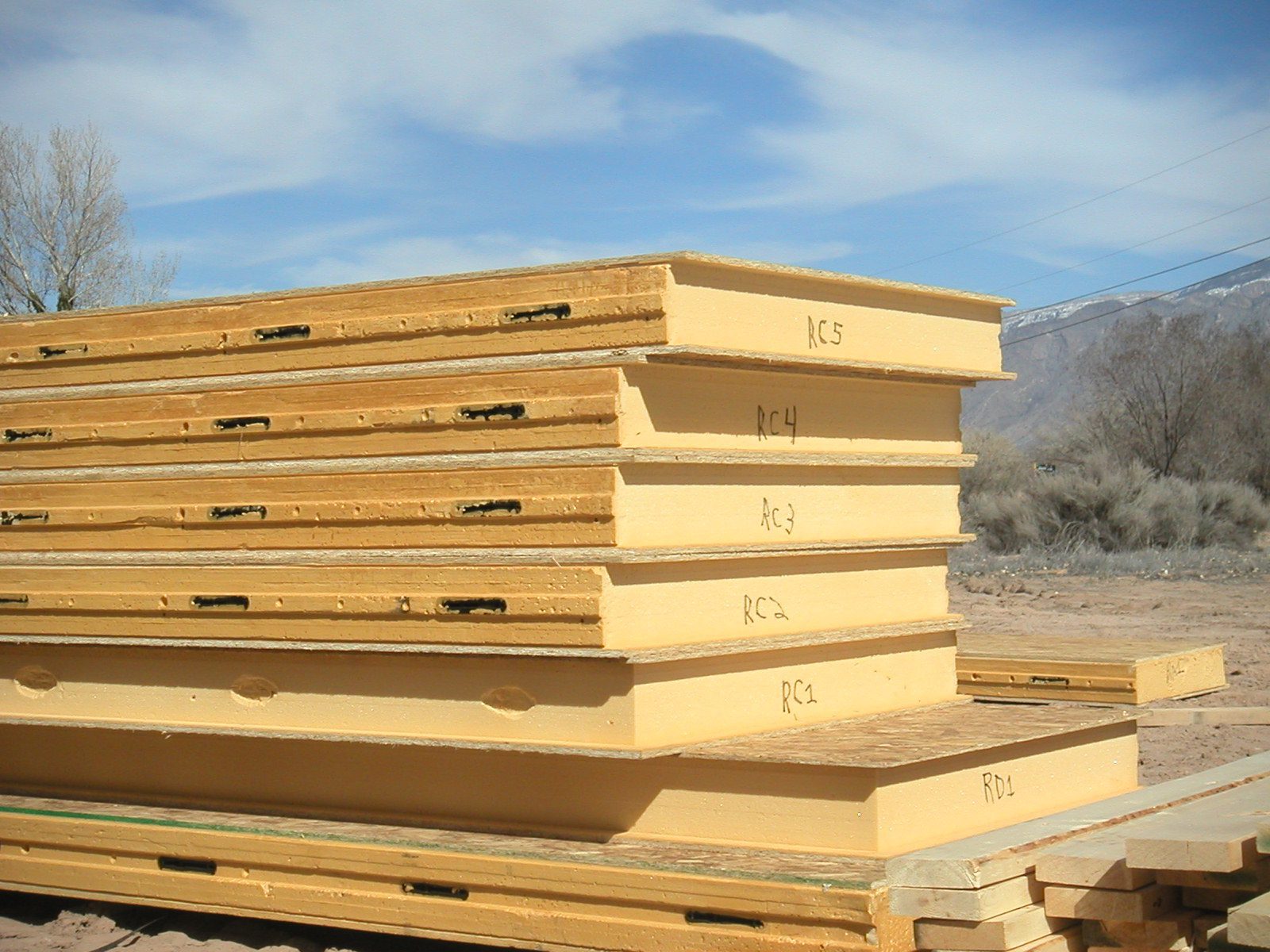
WHAT TYPE OF LINING? Please do NOT use a 6 mil plastic lining or a tarp. Ultimately, going too deep is better than going too shallow when it comes to plant health. Cool, rainy climates will hinder the performance of shallow SIPs. How absorbent or porous is the mix? Climate is also worth considering. The physical properties of your potting mix will be a factor. To compensate, you might try to improve wicking by adding some coir or vermiculite to the mix.Ī depth of 16.5" is an excellent reference point. If the soil gets too dry at the top, you might need to irrigate it at the soil surface from time to time.

I would suggest 24" as an absolute maximum. On the other hand, going deeper might start to reduce the ability of the soil to wick moisture all of the way to the top. Anything less than 12" is asking for trouble.
#MAKE YOUR OWN SIP PANELS PLUS#
Plus your plants' roots will be robbed of space for growth. The more shallow the planter, the more overly saturated the soil will become.

That means 3 rows of 6" boards (5.5" actual width). I advise a depth of 16.5" (including the reservoir depth). Don't go any wider than 2 feet if you can only reach in from one side.ĭEPTH: This is critical. Maximum width should be 4 feet if you can access BOTH sides. So you need to be able to reach all the way in. Just make sure your boards AND lining will be big enough. Anything from 2 feet to 12 feet is pretty realistic. LENGTH: Your bed can be as long as you want. But there are certain key factors to consider as well. You have a lot of flexibility in the scale of your design. The wicking bed design featured in this tutorial can yield massive garden vegetables! What Dimensions to Use for a Wicking Bed?

I can't keep silent any longer! After years of testing, I'm ready to share the most important elements that every self-watering, wicking bed needs to have in it. Self-Watering, Wicking Bed Design Principles ALBO-STEIN: Self-watering Seedling Planter


 0 kommentar(er)
0 kommentar(er)
